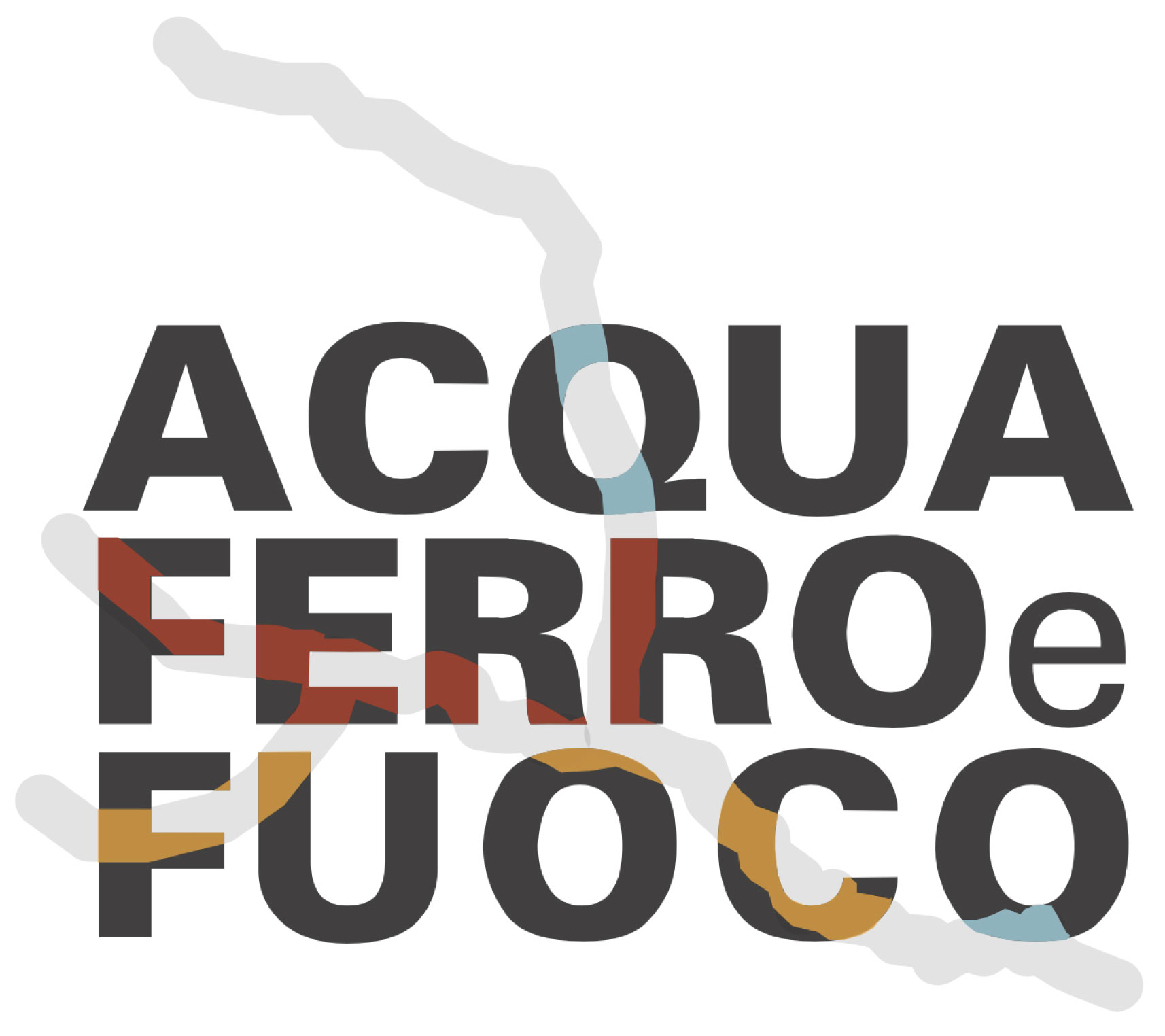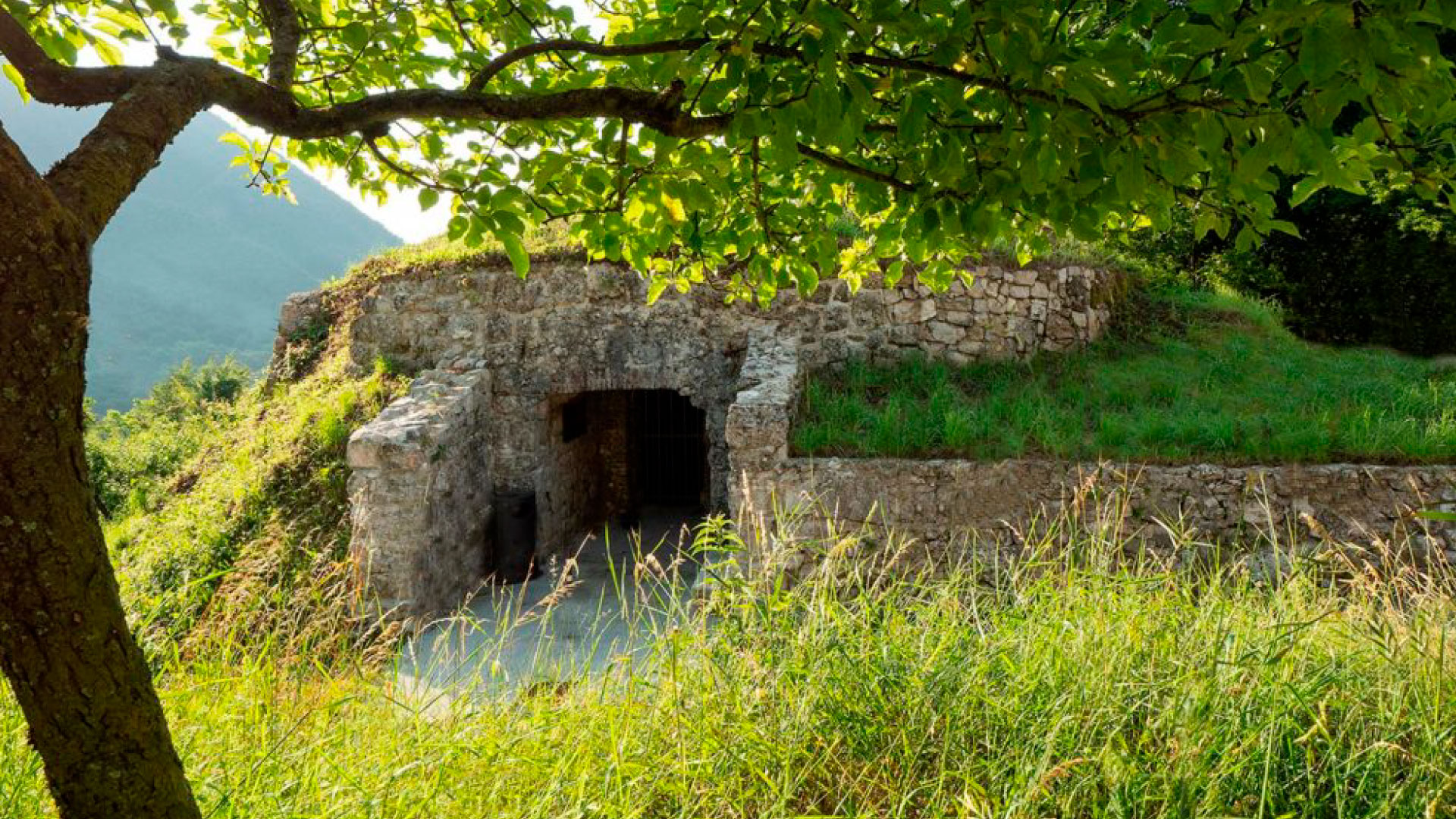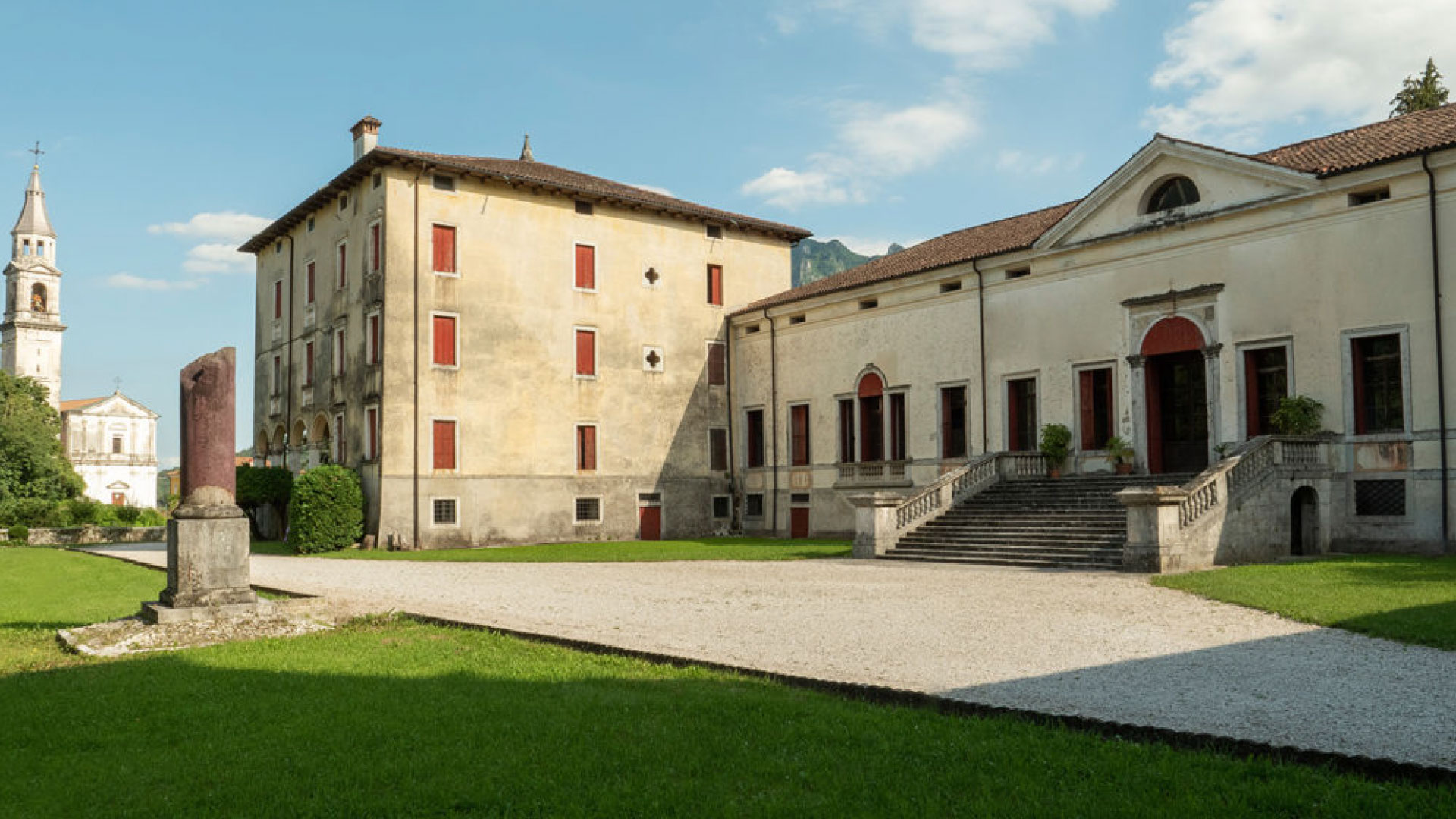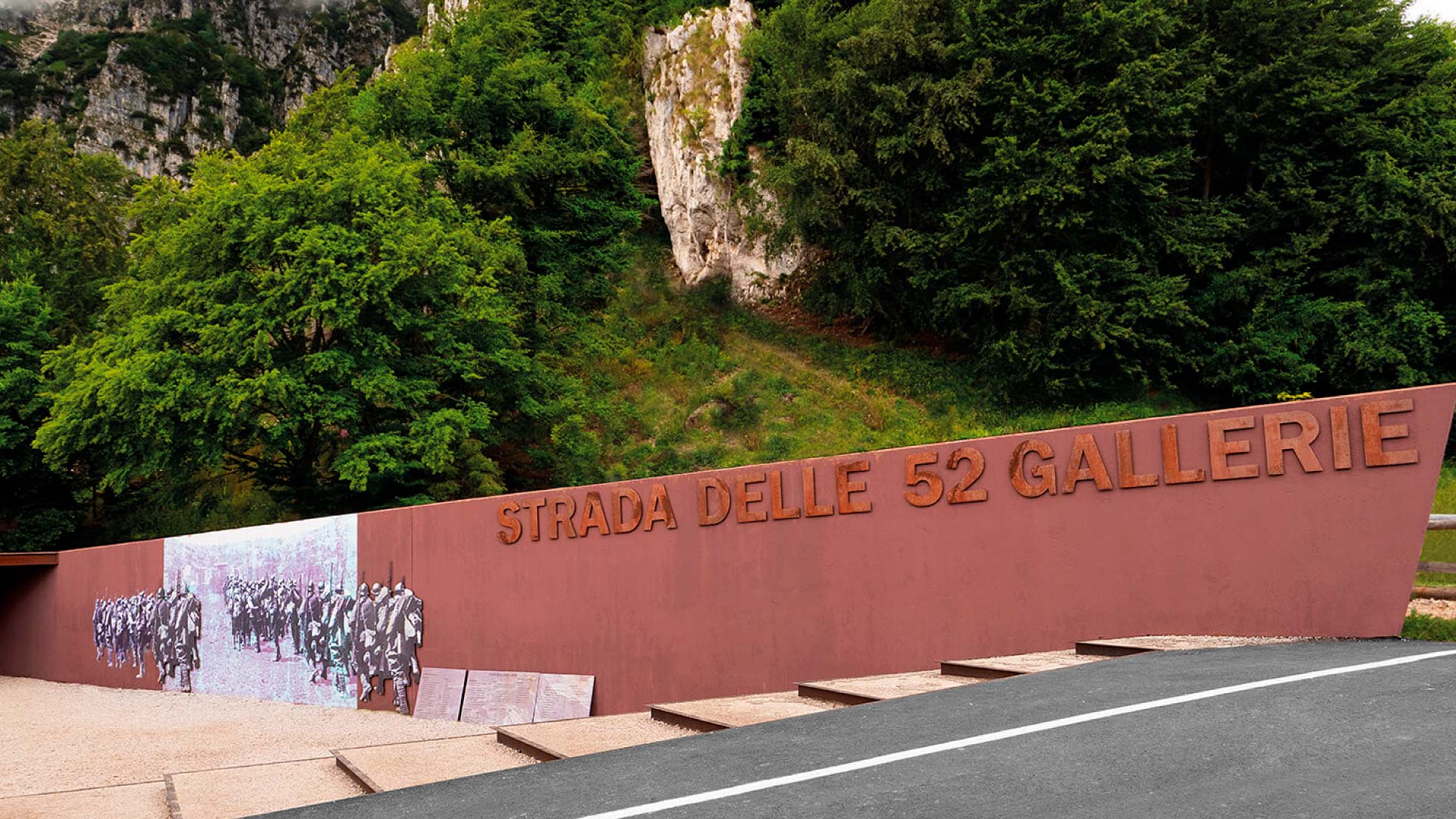The first permanent settlements in Val Posina date back to the Late Middle Ages, when woodcutters, miners and their families migrated from Bavaria, Franconia and Hartz to the border mountain areas with the blessing of the bishops. Life in this inhospitable valley was never easy, with Posina failing to become prosperous under the rule of Verona and Milan, and even as part of the Republic of Venice. Testimony of this came in 1417, when the doge temporarily exempted the peoples of Posina from paying taxes, as their living conditions were so poor: “a large part of its people sleep on straw, most of them live on grass without bread, and the better-off live on sorghum bread.” At the same time, the plains saw their agriculture and industry boom, with them experiencing a period of prosperity that lasted until the late 16th century. Their new-found wealth, however, did not reach these pre-Alpine areas, as they attracted no investment and were afflicted by wars and continuous unrest over the Borcola and Pian delle Fugazze passes. Although Posina was not directly involved in the war between Venice and Milan’s Visconti family, or in the Rovereto war, these events, plus the ferocity of interminable border disputes over pastures waged by Austro-Hungarian feudal lords, meant troops were a constant presence in the area. This disrupted the lives of the mountain dwellers, undermined an already precarious economic situation, and foreshadowed the War of the League of Cambrai. In 1701, during the War of the Spanish Succession, Val Posina had to endure the disaster wrought by a new Austro-Hungarian invasion, which led to its passes being closed and the forts in the Griso, Doppio and Lambre districts being re-manned. During World War I, these districts were the first areas to be evacuated as they were highly exposed to enemy artillery. The displaced civilians gathered in the centre of the village, but overcrowding and poor sanitation led to a severe typhoid epidemic that killed hundreds. After the launch of the Strafexpedition, the Posina valley was evacuated on 18 May 1916, with the military authorities promising that it would only be for a few days. A mass of confused, frightened refugees huddled in Posina’s narrow streets to descend towards the plain where they met troops coming towards them on their way to the front.
However, the flight of civilians and roar of artillery were not the only events to rock the villages and their mountains. Monte Pasubio echoed with the rumble of explosions and hammering by Italy’s 33rd Miners Company as it began work on La Strada delle Gallerie (The Tunnel Road) in January 1917, a masterpiece of history-making engineering. The idea of a mule road was ambitious from the outset, as it was risky and there were no guarantees it would succeed. The situation was complicated by an impossibility to plan, as the harsh mountain terrain of sheer rock faces, spires and narrow gullies could not be surveyed. Therefore, procedure was to begin a route and then decide its direction as it was being built. The route started from Bocchetta Campiglia, passed through Fontana d’Oro, and led to Porte del Pasubio just behind the front. It was designed both to protect troops in all seasons and weather and to ensure supply and communication routes were out of the enemy artillery’s range. The hundreds of soldiers who worked the mountainside in 1917 created an engineering marvel whose daring and success far outshone any of the other extraordinary feats by Europe’s military engineers.
This description of La Strada delle 52 Gallerie features in “Guerra di mine” (War of Mines), a book by Ugo Cassina: “The road crosses an area of nothing but rock. It is about 7 km long; 2,500 m of it is tunnel; the rest is carved into the mountain face. Fifty-two tunnels were dug, of which at least seven are over 100 m long. The minimum width is 2.20 m, but normally it is 2.50 m. (…) no less than 600 men were employed when the work was at its most feverish.”
Sources:
“Il Pasubio e la Strada delle 52 Gallerie”, Claudio Gattera, Gino Rossato Editore, 1995.
“Guerra di mine”, Ugo Cassina, Gino Rossato Editore, 2018.
“La Strada delle Gallerie ha 100 anni”, CAI Sez. di Schio, 2017.
“Profughi nella Grande Guerra”, Silvana Battistello, Gino Rossato Editore, 2007.
“Storie di Confine”, Tarciso Bellò, La Serenissima, 2006.













